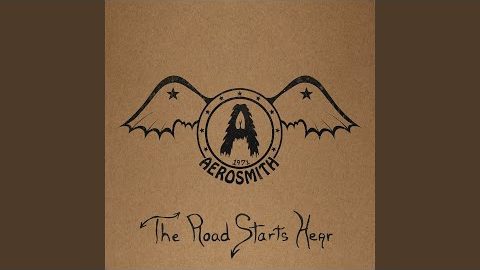
Tina Turner’s life had a domino effect on mine before I even realized it. I can’t even remember the first time I heard Turner, who passed away last week aged 83, and her music, just that her larger-than-life voice has always been playing in my head. ‘River Deep – Mountain High’ was the soundtrack for my dress-up sessions. I’d sing along as I dug through my mom’s closet on the hunt for sequins, causing heat damage to my hair with a straightener in an attempt to make it straight and wild right before emulating Turner’s dance moves in the mirror and missing every high note.
I was arguably too young to be watching Angela Bassett’s portrayal of Tina in the early ‘90s biographical film, What’s Love Got To Do With It, but my prepubescent brain began to wire a worldview around its story arc: bad things happened, good things happened, even better things happened, and it was Turner’s unshakeable self-determination that got her through it all.
Turner was born Anna Mae Bullock in Brownsville, Tennessee to sharecropper parents in 1939, arguably the least fertile ground to grow a future rock star in. But at 18 years-old, she ran into Ike Turner playing a nightclub in Missouri, put on an impromptu performance during his band’s intermission, and was immediately asked to join them. It was Ike who first gave her the Tina Turner moniker, and the time performing with him in the ‘60s and ‘70s was dotted with chart-topping success and deranged levels of abuse Tina would later describe in her HBO documentary Tina as “torture”.
Then, on July 3, 1976 Tina finally escaped Ike’s grasp, risking it all in Dallas, Texas by running across the dangerous I-30 highway and escaping into her future. Two years later, during their divorce proceedings, Ike successfully took ownership of all the couple’s music and assets, but Tina ended up with what would be the most valuable property up for grabs, her name.

As I got older, that story sat deep in my subconscious and much like my formulaic mimicking of Tina’s style for any important event (big hair, mini-dress, thighs out, sequins), I looked to it for constant inspiration. As I lived through first jobs and the cataclysmic demise of relationships I knew I could always make a new choice, build a new life at any moment. Like Tina, defiantly taking ownership of her name, I knew that as long as I was the arbiter who I am, what I answered to, nobody else could determine that for me.
When I decided to move to New York City with big hopes and little evidence that I could write about music professionally, I changed all my display screens to a black and white photo of Tina Turner shot by Jack Robinson in 1969. In it, her hair sprawls out in tangles, her infamously long legs are somehow still and caught between movement, her scandalously short dress is fashioned with holes and tears. Of all the photos of Tina, that was the one that always screamed to me the loudest, something about the way she seems to beam with wild, raw energy contained for just a moment, like a warning of what would happen when that energy was set free. That photo became a sigil to me, like a reset to my brain when times got hard. “Don’t fret” it seemed to say from somewhere behind the screen, “If Tina Turner can do it, so can you.”
When I moved back home to the South during the pandemic, out of work and disillusioned, it was Tina’s story that again reminded me of who I was. As I dug into the roots of African American women in rock music, trying to make sense of my propensity for a genre where so many of the players looked nothing like me, it was Turner’s Baptist Church upbringing, the gospel vibrato, the calls back forth to the crowd in her performances, that made me not only understand where my love for rock music had began, but where the music had come from in the first place. Suddenly, my Baptist preacher’s daughter to rock journalist pipeline made perfect sense. Knowing that Tina’s pipeline had taken an even tougher route from southern choir crooner to selling out stadiums as the Queen of Rock’n’Roll made me feel even more settled in my skin. I stopped asking for a permission slip to be who I was, and instead, like Tina, I decided to define that for myself.
When the news broke last week that Turner had had died, which still has that photo set as my homescreen started lighting up with condolences, as if I’d lost someone I knew. I think that speaks to the fact that she lived so audaciously, she pushed others, like me, to live audaciously as well. I can’t say what my life would look like if I didn’t view Turner as an example, if I didn’t stubbornly decide to be a rock journalist, if I didn’t think the best was yet to come thanks to her getting her first Number One hit at the age of 44. What I do know is that my life has been richer and bolder with Tina Turner soundtracking it.
While researching for this piece, I found a copy of Tina Turner on the 1975 cover of NME. On it, she’s doing calisthenics, looking up wildly with her eyes piercing right through the paper. In what is likely a nod to the workout themed story within, but will also be an adopted mantra for me from here on out, the headline reads in bold letters, “Don’t despair if Tina can do it so can you.”
The post Pilfering passion from Tina Turner: How the Queen of Rock’n’Roll taught me to thrive appeared first on NME.




